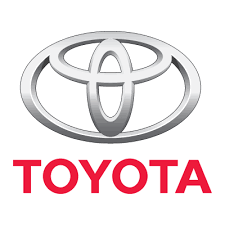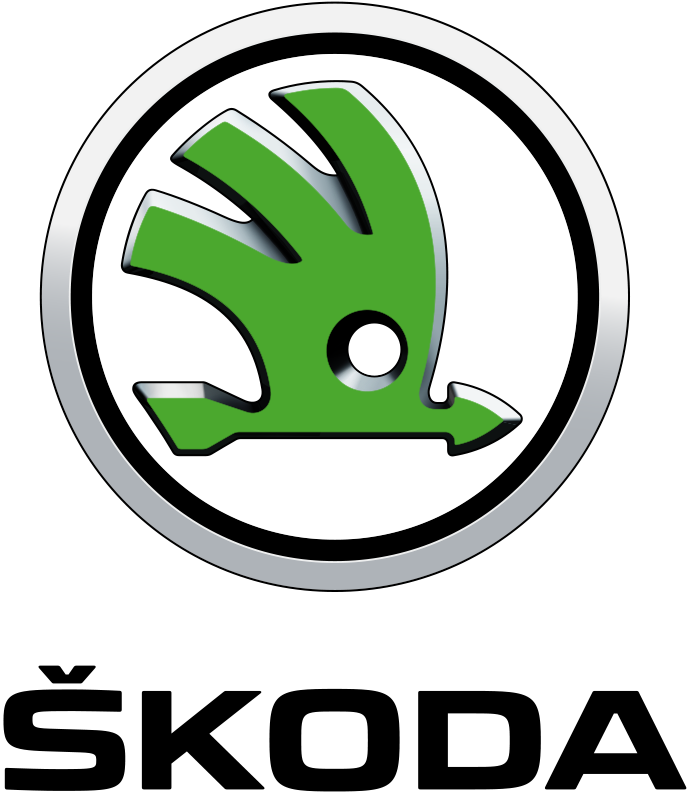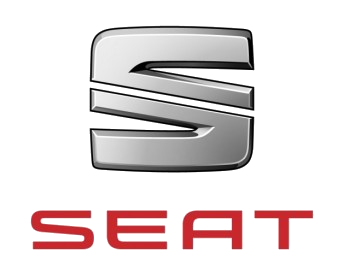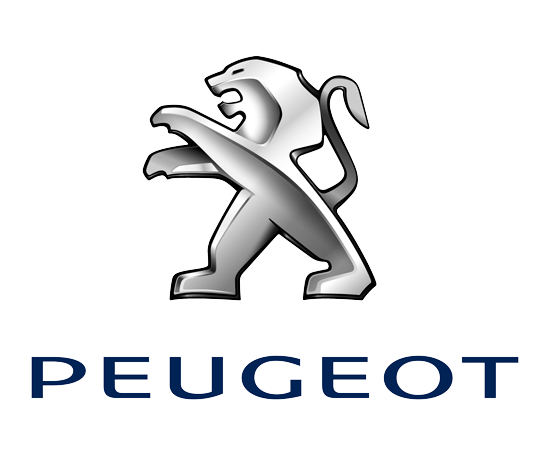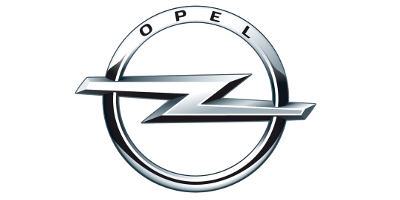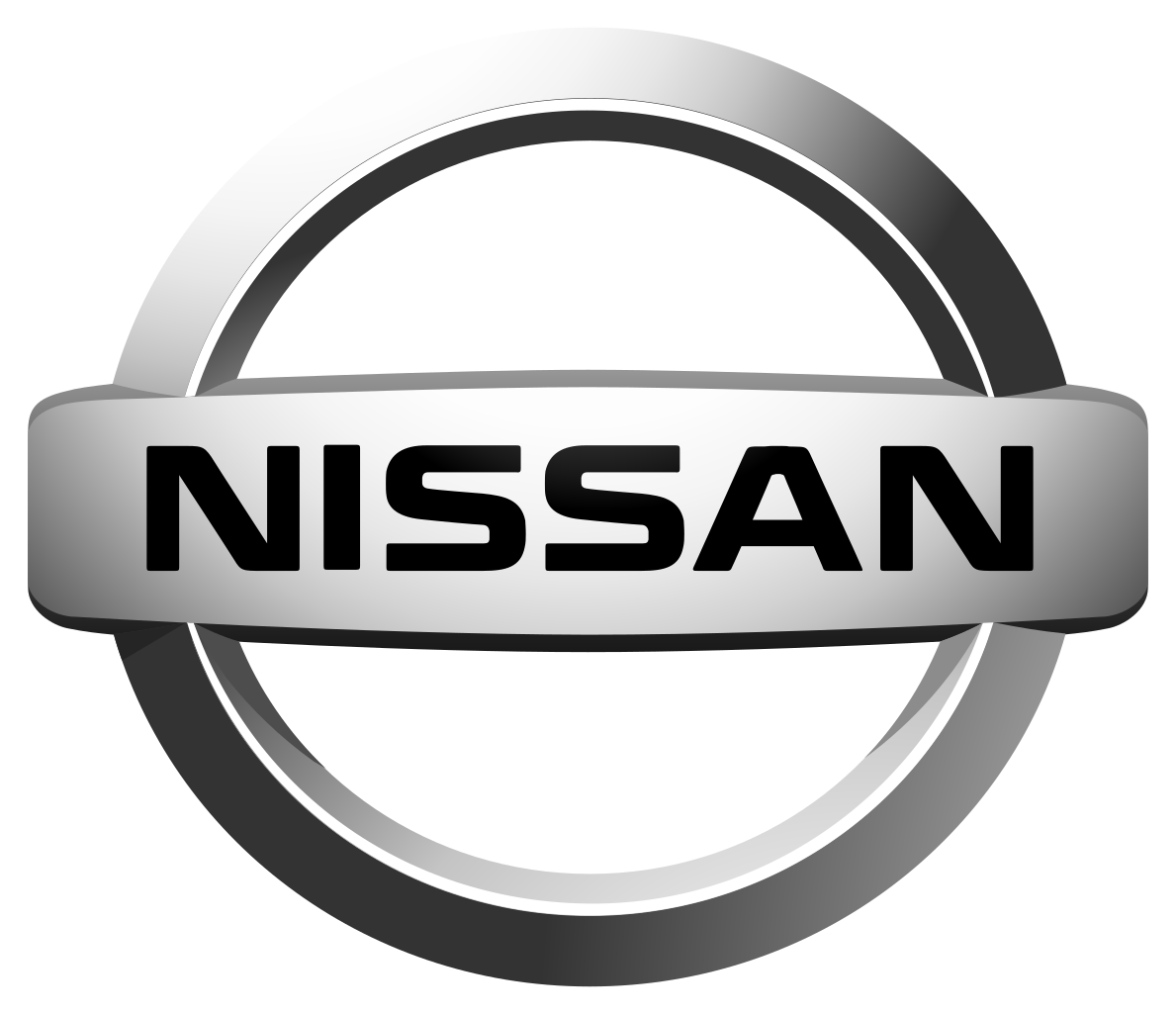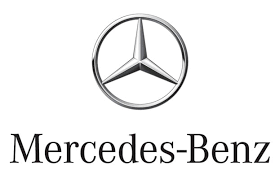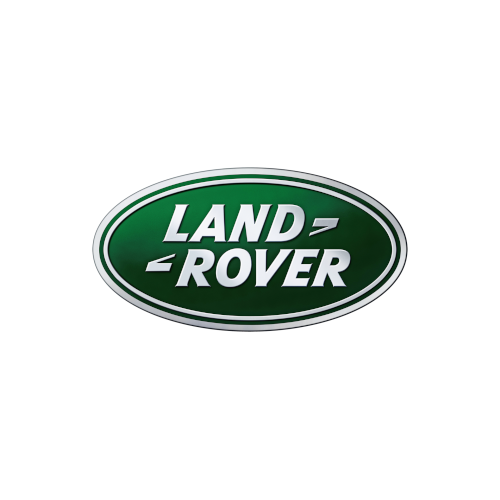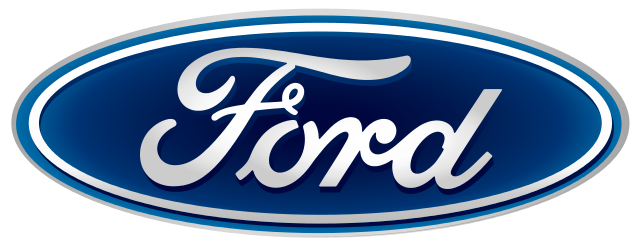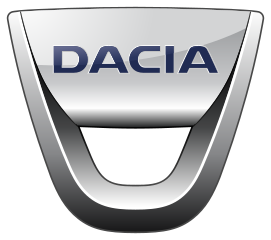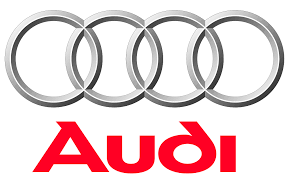Content
An underfunded defined benefit pension plan is shown as a non-current liability. Under IFRS, a lessor classifies each lease as either a finance lease or an operating lease. A lease is classified as a finance lease if it “transfers substantially all the risks and rewards incidental to ownership of an underlying asset” and otherwise as an operating lease. For finance leases, but not for operating leases, the lessor derecognizes the underlying leased asset, and recognizes a lease receivable, and recognizes selling profit where applicable. For operating leases, the lessor does not derecognize the underlying asset and recognizes lease receipts as income.
Ability to service (i.e., pay interest on) its long-term debt and still earn acceptable margins and profits. The company may owe its own employees salaries and wages for work performed, but not yet paid.
In other words, equity can be defined as the assets which are created by the company after discharging its liabilities. Likewise, the balance sheet will also draw a distinction between current liabilities, which are short-term debts that must be paid within a year, and long-term liabilities. The ratio between current assets and total assets is known as the “Current Assets to Total Assets Ratio” . As explained above, a company can take a loan to raise funds by issuing debt instruments. Similar to any other loan, while issuing debt, the company must keep its assets as collateral.
Current Vs Long
Noncurrent liabilities generally accrue as a result of more long term funding needs of the business. Sage 50cloud is a feature-rich accounting platform with tools for sales tracking, reporting, invoicing and payment processing and vendor, customer and employee management. Even if it’s just the electric bill and rent for your office, they still need to be tracked and recorded. Unearned revenue is money that What is bookkeeping has been received by a customer in advance of goods and services delivered. Accounting Accounting software helps manage payable and receivable accounts, general ledgers, payroll and other accounting activities. Business Checking Accounts BlueVine Business Checking The BlueVine Business Checking account is an innovative small business bank account that could be a great choice for today’s small businesses.
Current assets reflect the ability of a company to pay its short term outstanding liabilities and fund day-to-day operations. Compare the current liabilities with the assets and working capital that a company has on hand to get a sense of its overall financial health. If, on the other hand, the notes payable balance is higher than the total values of cash, short-term investments, and accounts receivable, it may be cause for concern. Well-managed companies attempt to keep accounts payable high enough to cover all existing inventory. Accounts payable are the opposite of accounts receivable, which is the money owed to a company.
If you are looking at the balance sheet of a bank, be sure to look at consumer deposits. In many cases, this item will be listed under “Other Current Liabilities” if it isn’t lumped in with them.
Complete The Table Below For The Liabilities And Owners’ Equity
Therefore, an account due within eighteen months would be listed before an account due within twenty-four months. Long term liabilities are usually recorded in separate formal documents that include the important details such as the principal amount, interest, and due date. what, then, is the difference between current and long term liabilities? Long term investments should be financed through long term debt, and short term investments should be financed through short term debt. As with current liabilities, long term liabilities are also recorded on your business’s balance sheet. the only real difference is that current liabilities have a repayment rate of less than one year, whereas long term liabilities have a repayment date of longer than one year. On your balance sheet, assets and liabilities are separated between “current” and “long term.” here’s what they mean, and why the distinction is important.
Both sets of liabilities accounts—financial structure and capital structure—in turn determine the level of financial leverage operating for the firm. The components of asset structure, financial structure, and capital structure all appear on the firm’s Balance sheet. Three metrics for debt position and leverage.Total long-term debt to equities ratio metric.
Called contingent liabilities, this category is used to account for potential liabilities, such as lawsuits or equipment and product warranties. While you probably know that liabilities represent debts that your business owes, you may not know that there are different types of liabilities. Take a few minutes and learn about the different types of liabilities and how they can affect your business. For instance, a store executive may arrange for short-term loans before the holiday shopping season so the store can stock up on merchandise.
- In a strong economy, or when the business is otherwise doing well, owners expect to earn more on borrowed funds than they pay for the cost of borrowing.
- If a company has long term borrowings, periodic interest should be paid.
- An exception under IFRS exists for leases when the underlying asset is of low value.
- As a result, earnings may not even cover interest due for borrowed funds.
- An expense is the cost of operations that a company incurs to generate revenue.
Consumer deposits shows the amount that clients have deposited in the bank. That’s because, theoretically, all of the account holders could withdraw all their funds at the same time.
Explaining Liability In Context
The carrying amount of bonds is typically the amortised historical cost, which can differ from their fair value. Debt covenants impose restrictions on borrowers, such as limitations on future borrowing or requirements to maintain a minimum debt-to-equity ratio. Successful branding is why fashions by Georgio Armani bring to mind style, exclusiveness, desirability. Branding is why riding Harley Davidson motorcycles makes a statement about the owner’s lifestyle. Strong branding ultimately pays off in customer loyalty, competitive edge, and bankable brand equity. Metrics are crucial for business planning, making informed decisions, defining strategic targets, and measuring performance. The example result 0.405 means that creditors supply 40.5% of the company’s funding.
Which is not long term liabilities?
Noncurrent liabilities include debentures, long-term loans, bonds payable, deferred tax liabilities, long-term lease obligations, and pension benefit obligations. The portion of a bond liability that will not be paid within the upcoming year is classified as a noncurrent liability.
Some capital leases can extend to a significantly long period, the maximum being 99 years. Current Liabilities are short-term financial obligations whose settlement is due within the accounting period, most commonly one year. are liabilities that may occur, depending on the outcome of a future event. For example, when accounting a company is facing a lawsuit of $100,000, the company would incur a liability if the lawsuit proves successful. Leveraging debt to make a capital investment into the long-term growth of the company is how many large conglomerates became so big. Understand how to manage debt, so that you can effectively leverage it.
The returns an equity holder can achieve have unlimited upside, however, they are typically the last to be paid in the event of a bankruptcy. Debt and equity book values can be found on a company’s balance sheet, and the debt portion of the ratio often excludes short-term liabilities. Analyzing long-term liabilities combines debt ratio analysis, credit analysis and market analysis to assess a company’s financial strength. A. Current liabilities consist of only accounts payable to vendors and suppliers that fall due within the coming year (or within one operating cycle, if longer than a year). Long-term liabilities fall due beyond 1 year from the balance sheet date, or beyond the operating cycle (if longer than 1 year). Let’s review how current assets and liabilities differ from non-current ones.
What are assets and liabilities examples?
What are Liabilities?AssetsLiabilitiesExamplesCash, Account Receivable, Goodwill, Investments, Building, etc.,Accounts payable, Interest payable, Deferred revenue etc.10 more rows
Both short-term and long-term liabilities include several types of liabilities which you will need to become familiar with in order to record them properly. Contingent liabilities are only recorded on your balance sheet if they are likely to occur. The best way to track both assets and liabilities is by using accounting software, which will help categorize liabilities properly.
Liability Frequently Asked Questions
Beginning with fiscal year 2019, lessees report a right-of-use asset and a lease liability for all leases longer than one year. An exception under IFRS exists for leases when the underlying asset is of low value. If a company redeems bonds before maturity, it reports a gain or loss on debt extinguishment computed as the net carrying amount of the bonds less the amount required to redeem the bonds. Future cash payments on bonds usually include periodic interest payments and the principal amount at maturity. Credit rating and ability to raise more funds either through borrowing or equity financing.
As the liability portion of total funding increases, leverage increases. In a strong economy, or when the business is otherwise doing well, owners expect to earn more on borrowed funds than they pay for the cost of borrowing.
See below for the balance sheet reporting treatment of the current and long-term liability portions of the Note Payable from initiation to final payment. Accounts payable include all expenses incurred by the business that are purchased from regular creditors on an open account and are due and payable. Other assets that appear in the balance sheet are called long-term or fixed assets because they’re durable and will last more than one year. Current liabilities consist of only bank loans that fall due within the coming year difference between current and long term liabilities (or within one operating cycle, if longer than a year). Long-term liabilities are only bank loans that fall due beyond 1 year from the balance sheet date, or beyond the operating cycle (if longer than 1 year). Current liabilities are obligations that fall due within between 1 and 3 years. Long-term liabilities fall due beyond 3 years from the balance sheet date. For example, a category called Other assets or Other liabilities may be included in either current or non-current assets or liabilities, respectively.
Long-term liabilities, or non-current liabilities, are liabilities that are due beyond a year or the normal operation period of the company. The normal operation period is the amount of time it takes for a company to turn inventory into cash. On a classified balance sheet, liabilities are separated between current and long-term liabilities to help users assess the company’s financial standing in short-term and long-term periods. Long-term liabilities give users more information about the long-term prosperity of the company, while current liabilities inform the user of debt that the company owes in the current period. On a balance sheet, accounts are listed in order of liquidity, so long-term liabilities come after current liabilities. In addition, the specific long-term liability accounts are listed on the balance sheet in order of liquidity.
Every business carries out various activities and transactions which are recorded in different financial statements of the company. Business activities that result in transactions are classified under broad headings in financial statements like – assets, liabilities, owners’ equity, revenue, expenses, etc. Notes payable is similar to accounts payable; the difference is the presence of a written promise to pay. A formal loan agreement that has payment terms that extend beyond a year are considered notes payable. Current liabilities are debts a company owes that must be paid within one year. These current liabilities are sometimes referred to as “notes payable.” They are the most important items under the current liabilities section of the balance sheet.
Short-term debt will always be 12 months’ worth of a loan, until the point where the loan has less than a year left on it. So in essence, although your payments are being applied to the short-term debt, each month another month of short-term debt is added back in. So the short-term amount appears constant, while your long-term amount decreases. The current 12 months of the loan are short-term debt, totaling $12,000.00. The long-term debt amount will also be of interest to potential investors as an indicator of the future solvency of your business. While both measure the ability of an entity to pay its debts, they cannot be used interchangeably as they are different in scope and purpose.
Noncurrent liabilities appear across several consecutive balance sheets as they are payable over multiple years. Noncurrent liabilities have longer repayment terms in excess of 12 months. Noncurrent liabilities are those liabilities which are not likely to be settled within one financial year. Current liabilities are those liabilities which are to be settled within one financial year.
Author: Maggie Kate Fitzgerald



